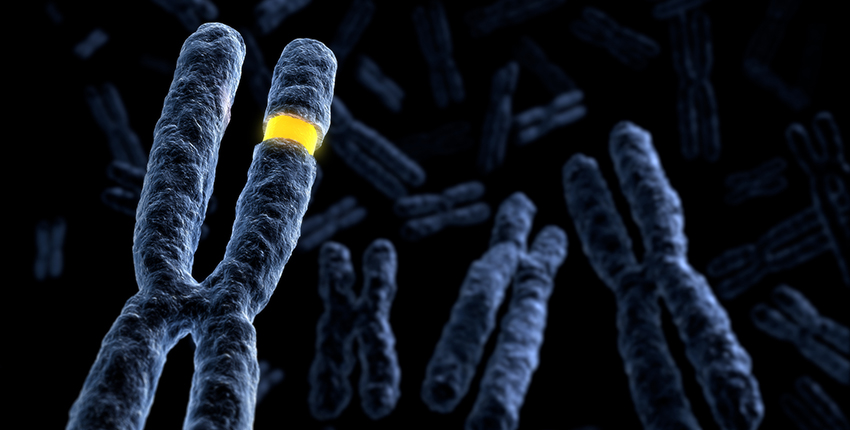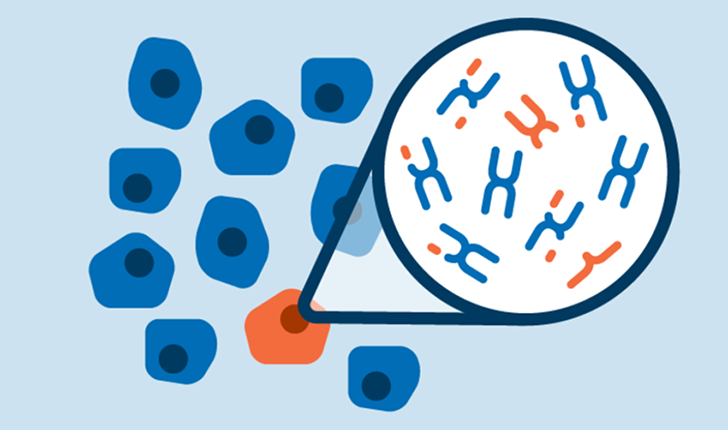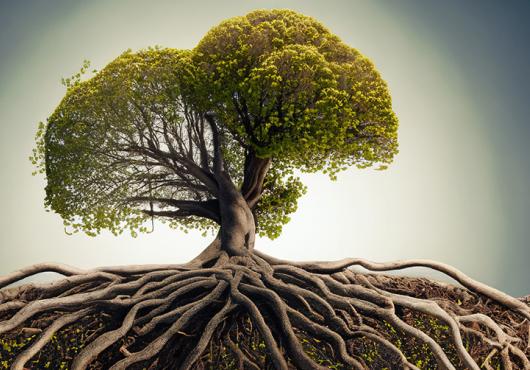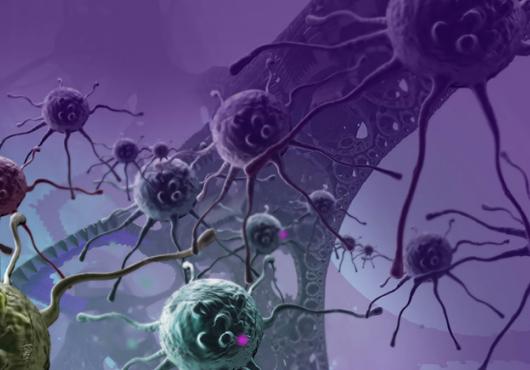
At a glance:
- New computational tool reveals that having too few or too many copies of certain chromosomes or parts of chromosomes, a state known as aneuploidy, drives cancer progression.
- The work — led by researchers at Harvard Medical School, the Broad Institute of MIT and Harvard, and Dana-Farber Cancer Institute — answers a long-standing question about whether aneuploidy promotes cancer growth or is simply a side effect of it.
- Findings point to new ways of guiding cancer treatment and developing targeted drugs.
Having too few or too many copies of certain chromosomes or parts of chromosomes — a state known as aneuploidy — drives cancer progression, researchers at Harvard Medical School, the Broad Institute of MIT and Harvard, and the Dana-Farber Cancer Institute have found using a computational tool they developed.
The findings, published June 28 in Nature, could lead to new ways of guiding cancer treatment or developing targeted drugs.
The vast majority of cancer cells exhibit aneuploidy, but for decades, researchers have debated whether aneuploidy promotes the growth of cancers or is simply a side effect of cancer cells’ fast growth. Such large-scale changes in DNA have been difficult to study.
Using the new tool, the multi-institutional team compared large chromosome changes in tumor cells from nearly 11,000 cancer patients and identified key chromosome regions that, when duplicated or deleted, were harmful or beneficial to tumor cells.
Lyme Wellness Initiative
Actionable information. Practical support.






